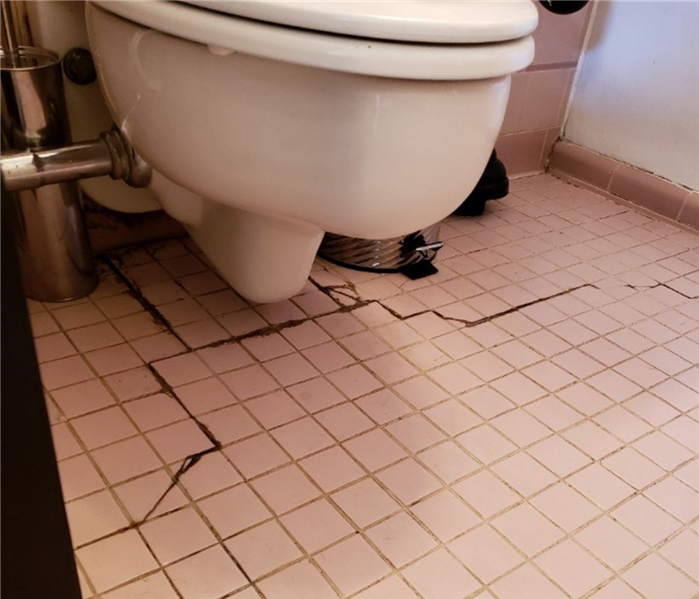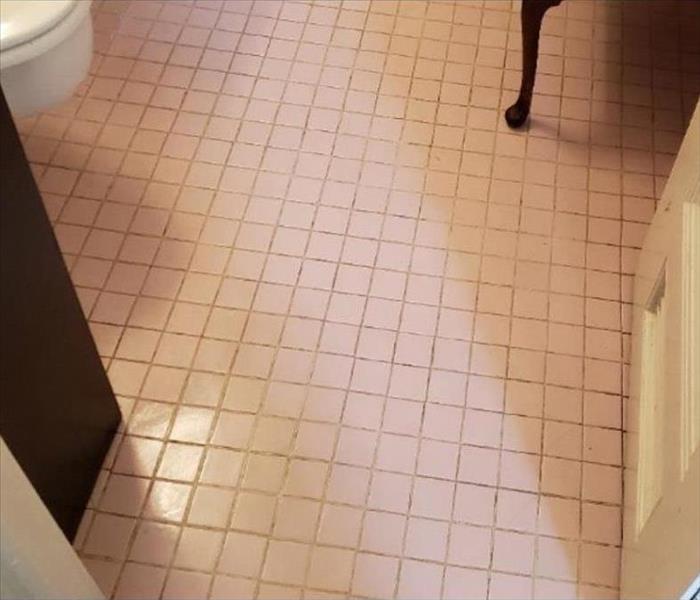
Step 4: Drying and Dehumidification
Our Water Damage Restoration Process
Once the majority of water has been removed, the floors and walls may appear dry, but often times they are still heavily saturated. A drying plan is developed that allows for daily monitoring and the most effective use of equipment to ensure that the property is ultimately moisture free. Nearly all building materials, like wood, drywall, and flooring materials, are porous and therefore retain water. This retained water can cause the materials to break down, warp, or cause mold damage. Our goal is to reverse the damage and restore your property. We try to replace as little as possible. Conventional equipment such as air movers and dehumidifiers aid in the process, but what about problematic areas such as cracks and crevices? In those specific cases our Injectidry system saves the day by pumping air into these spaces, providing a thorough and professional dry down.
Drying / Dehumidification
Our Professionals will use room measurements, temperature, and relative humidity to determine the optimal number of air movers and dehumidifiers to dry your home or business. We’ll carefully monitor the progress using moisture meters until the materials return to acceptable drying goals.
- Use Dehumidification Equipment
- Use Monitoring Equipment to Track Progress
Monitor Floor and Walls
We check the moisture levels to monitor the drying process.
- Monitor Floors
- Monitor Walls
Drying Equipment
- Industrial-grade dehumidifiers help prevent secondary water damage like swelling and warping of floors, walls, and furniture.
- High-speed air movers create airflow across walls, carpets, pads, and furniture, which accelerates the evaporation of moisture.






 24/7 Emergency Service
24/7 Emergency Service




